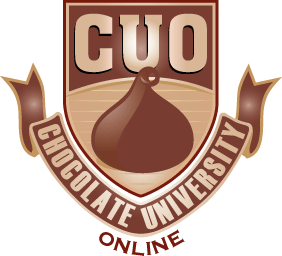The Difference Between Dutch-process and Natural Cocoa Powder
Dutch-process cocoa powder is actually derived from cacao beans that have undergone washing with a potassium solution. This is in order to neutralize their acidity. Natural cocoa powder is made out of cocoa beans that have simply undergone roasting, and then got pulverized into fine powder.
Apart from having the acidity neutralized, Dutching cocoa powder will actually make it darker and it tends to mellow the beans’ flavor. Many of the artisan manufacturers you will find in American don’t Dutch-process the cocoa that they have. They claim that their beans need not be acid-neutralized. Majority of supermarket brands of cocoa powder you can find in the United States, like Nestlé and Hershey’s, are natural cocoa powders.
Given than natural cocoa powder has not undergone tempering of acidity, it typically goes hand in hand with baking soda (which is alkali) in recipes. Chocolate makers typically mix Dutch-process cocoa with baking powder, since it does not react to baking soda like natural cocoa does. A lot of classic American recipes, such as Devil’s Food Cake, make use of natural cocoa powder. The reddish crumb in this recipe is the reaction between baking soda and natural cocoa powder.
But of course, there are exceptions to each. According to Fine Cooking magazine, “You can substitute natural cocoa powder for Dutch-process in most recipes (though not vice versa). Flavor and texture can be affected, but generally only in recipes calling for 3/4 cup (75 g) or more.”
You must know that you can’t use Dutch-process cocoa when a recipe specifically requires natural cocoa powder. When making ice creams and sauces, though, they can be swapped out. However, it cannot be applied when making cookies and cakes.
If a recipe requires either, the main difference that you will see is that Dutch-process cocoa yields a darker color and a more complex flavor , while natural cocoa powder is fruitier tasting and lighter in color.




